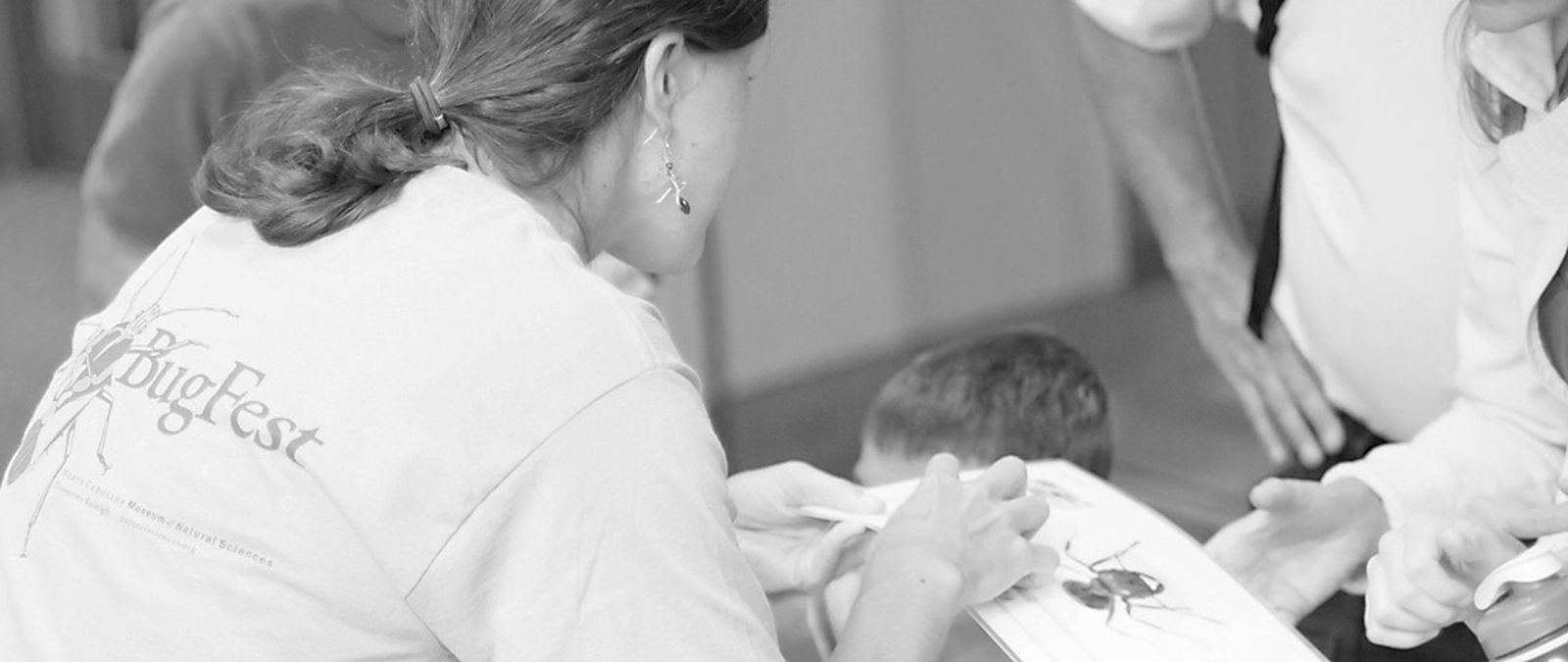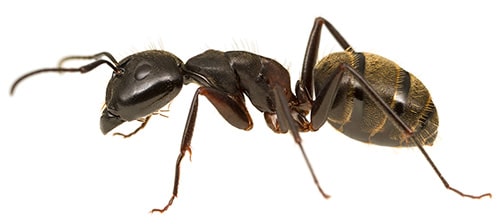
Tell me a story of science & discovery...
I have always considered the ability to communicate science to a variety of audiences as important as the act of doing science. Scientific findings should be accessible to everyone and so I made it my goal to make the stories of science and discovery surrounding ants broadly available.
I have developed a suite of teaching materials and resources.
IDENTIFICATION KEYS
These identification keys represent dichotomous keys. They can be used to identify the most common species around. Various area and language versions are available. Digital licenses & physical copies can be purchased here.
Additional and customized versions can be developed, please inquire about availability and pricing.
HOW TO RECOGNIZE
“How to recognize” cards have been developed to quickly identify a species. They show the most important characteristics in a postcard format. Various versions are available. Digital licenses & physical copies can be purchased here.
Additional and customized versions can be developed, please inquire about availability and pricing.
ANT ANATOMY
ANT SUBFAMILIES & THE PETIOLE
I founded Discover Ants in 2021 with the goal to bring the world of ants into schools, corporate spaces and other places.
Please visit the website to find out more.


